About FAR
The register was set up by AIC and the feed sector in response to the Governments’ commitment along with industry and customer demands to reduce emissions from farmed livestock.
This is a dairy farm based at Bellerby in North Yorkshire. It is a family business currently run by a husband and wife and their two sons. The farm was originally established by the current farmer's father, who had been farming in the area since 1940.
The family started a pedigree Holstein herd in 1972, which sadly had to be slaughtered as a result of foot and mouth. Following the sale of the original yard, they built on a nearby ‘green field’ site and established themselves at the current location in 2003.
Various buildings have been added over the years including calf accommodation and another cubicle shed in 2019.
Although they did have sheep at one time, the farm is now exclusively dairy. The farm covers 220 acres, and they use an additional 30 acres on summer rents. It is a pedigree Holstein herd and consists of 145 milking cows and 95 to 100 followers.
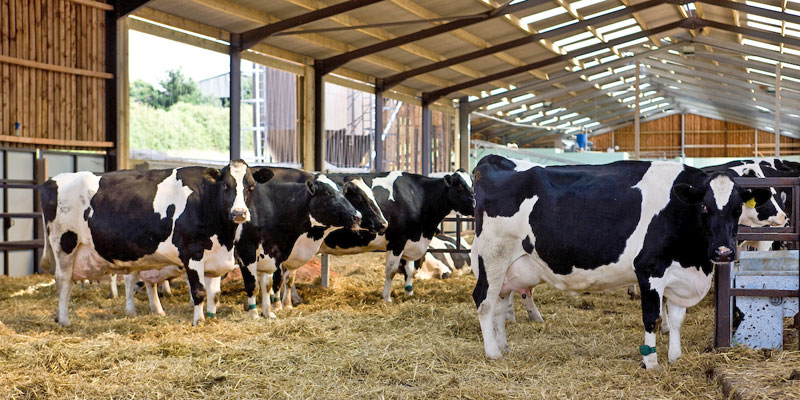
The herd averages 10,500 litres per annum, a figure which puts it towards the top end of dairy production. All the milk from the herd goes to Wensleydale Creamery at Hawes.
The farm calves all year round and over the past year the farm has increased the amount of milk from forage by 42 per cent from 1,800 to 2,600 litres and they aim to build up to 3,500 litres plus.
They have also increased their fat and protein figures which helps to increase the income they receive from the creamery. The breeding focus is on total milk solids and longevity rather than yield.
The cows are kept out on pasture for as much of the year as possible. However, during the last year, the fresh cows have been kept in while the rest of the herd was left out to help manage the high-yielding cows and maintain fertility.
The herd is well known on the show circuit and their cattle are much in demand. In recent times hard tracks have been put in around the farm to enable cattle to be moved without churning up pasture. This has helped to improve the utilisation of the grassland.
The family are aiming to increase the number of such tracks further and they will do this using Mid-Tier capital grants. This money will also be used to fence in water courses, install piping for water troughs on the farm as well as concreting the yard.
The family currently undertake annual soil testing which is carried out through a major agri-supply distributor and manufacturing company. This year the farm will be soil-mapped.
This will enable the fields to be ‘zoned’ and allow for ‘vary -spreading’ for both slurry and nitrogen and ensure that lime, Ps and Ks are all at the correct levels.
This will also show the areas of the farm that are less productive, and which could potentially be used for environmental activity in ELMS.
The farm adviser, a technical manager with the company says: “Part of the mapping software should enable us to see which areas are appropriate for what kind of environmental activities such as woodland or wild bird seed planting.
"It will also measure organic matter and enable us to understand how much soil carbon we have and increase our ability to manage the organic matter and develop a soil management strategy. We would like to look at the possibility of making more from carbon credits in the future.”
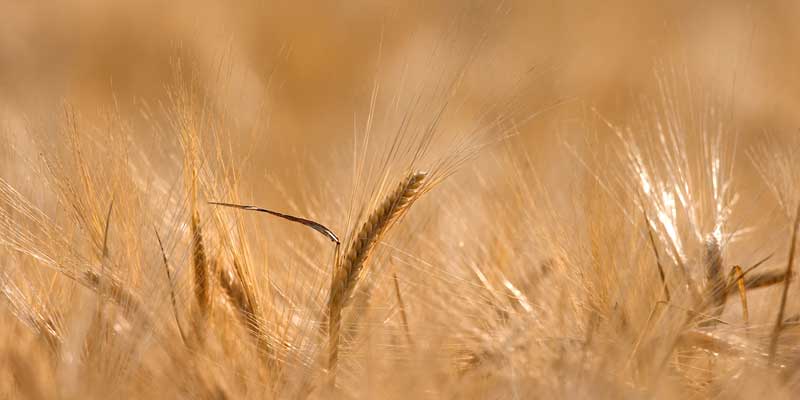
Spring barley has been grown in recent years as part of their rotation and the whole crop is used as part of the feed. Once spring barley has been grown the fields then go back into grass and this sees around 20 acres per annum being re-seeding and returned to pasture.
The adviser says that the family have a ‘can do’ attitude. He says: “If we can make a case for something and they think that it makes good business sense they are always willing to give a go. If the science says that it will work, they will do their everything they can to make it work.”
Both the family and their adviser believe that increasing productivity and particularly the greater use of forage are helping to increase the sustainability of the farm. By installing tracks, they are reducing the pressure on the ground and improving the useability of the pastures.
Despite not being in any environmental schemes or receiving funding for environmental activity, the family have undertaken activities that would qualify.
In particular, the farmer has been active in developing woodland on the farm and has planted around 3,000 trees across five hectares since he started working there. More plantings are planned for the future.
Ponds have been developed and maintained and a large area of pastureland (around 30 acres) is run on a low input basis.
The family are exploring how they can further reduce their emissions, and improve the use of slurry, which is currently stored in an open pit over winter and applied to the land in the spring.
One of the farming sons says: “We are currently looking into anaerobic digestion and considering that as a route.”
As outlined above there are also plans for soil mapping and the development of a more sophisticated soil management strategy linked to carbon sequestration. There are a number of footpaths on the farm, but at present no specific activities have taken place with regards to these.
The technical manager with the input manufacturing and distribution company has been working with the family since the year 2000. He visits the farm once a month and is a member of the Feed Adviser Register (FAR).
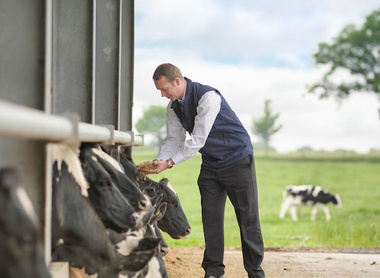
The register was set up by AIC and the feed sector in response to the Governments’ commitment along with industry and customer demands to reduce emissions from farmed livestock.
The farmer says: “On my adviser's monthly visits we go through our costings with him, but we actually discuss everything about the farm, not just details of the feed. He plays a critical role in our decision-making. We can ring him anytime when we need advice or information.”
“We also have another adviser who provides us with advice on the Single Farm Payment and applying for grants.”
The technical manager also acknowledges that his role with all customers, but specifically his farm, has changed significantly over the years.
“Whereas dairy cow rationing was the main focus for my work,” he says, “I now have a much broader interest in animal health and in grassland.
"Much of my work now is advising customers on improving their grassland. In terms of both farm profitability and overall sustainability, maximising grassland has to be the right approach.
“I also work with the family on overall planning and giving the business a sense of direction. This gives a focus to our meetings and a good idea of where we are aiming for as a business. As far as my company is concerned it’s a matter of looking at where the opportunities are on the farm. If we can help our customers to make the best of their businesses, it helps us to thrive too.”
The family see the role of advisers as being crucial to securing grants whether now or in the future. One of the farmers says: “We don’t have the knowledge to handle our own applications or the understanding of the schemes, this is likely to be even more the case going into ELMS.”
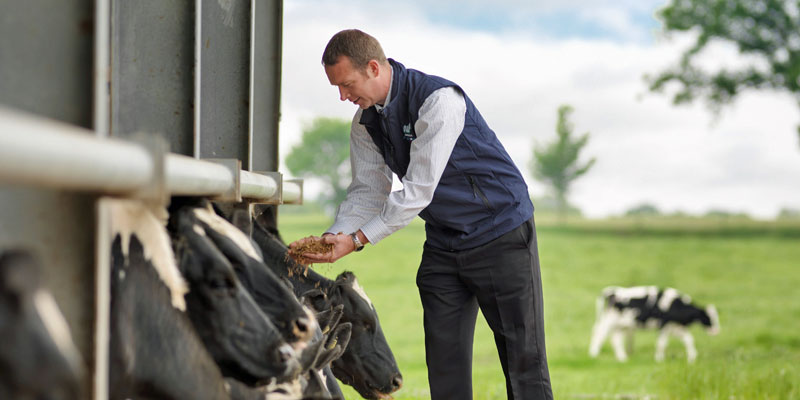
Sustainability has become an increasingly important part of the technical manager's role at the company he works for since 2019 when the company formed a Sustainability and Ethics team which he heads up.
He says: “In terms of how we are assisting our customers on their sustainability journey, it all depends on where they are starting, what they want to achieve and how they wish to approach it.
"It is fair to say that many of our dairy customers have few options as the dairy companies are taking the lead and guiding their producers along the required pathway. Suppliers to a major supermarket will be similar as they comply with its 2030 pledge.
“The company I work for has already moved to certified soya only from its mills and use the GLFI database to establish the carbon footprint of feeds delivered to our customers. As always, we are looking to improve the efficiency of production through feeding and management.
“Our approach is to recognise that sustainability is about achieving more with less and treating ourselves and the environment as if we are going to live forever.
"We are heavily involved with a grassland soils project that will enable measurement of grassland and also soil zoning within fields to allow variable rate spreading and reduce the amount of product used.”
The farm is currently in no environmental stewardship schemes. It has benefitted from some capital grants under Mid-Tier and receives Single Farm Payment. However, the concept of having income dependent on environmental or public good is relatively alien.
Neither the family nor their adviser have much idea about what is likely to be available through ELMS or how it will work. They have been developing a plan that includes increased productivity, better soil management and carbon sequestration but without relating specifically to ELMS.
The adviser says: “I think we are miles away from understanding the implications of ELMS for dairy businesses, and therefore being able to plan ahead. Where there are opportunities the family will aim to optimise them. They are already doing some of the things that have been flagged up as likely to appear in ELMS, but we just are not sure exactly what this will mean yet.”
The family don’t see income from ELMS as critical to the business since, like many dairy businesses, they are not dependent on the Single Farm Payment. The farmer says: “We see any income from ELMS as a welcome addition. We can farm without the Single Farm Payment if we had to, but additional income which rewarded us for looking after the environment would be helpful.”
His son believes that there is a synergy between good environmental practice and successful dairying farm. He says: “If we are rewarded for good soil management, then it helps to grow good grass which is good for us. It’s a ‘win-win’ situation. Environmentally friendly farming can be profitably and therefore sustainable.”
The adviser adds: “I think most dairy farmers would see contributing to the environment and improving their land as a moral duty, rather than something they would expect to be paid for.
"Clearly if it becomes more of an income stream, particularly for upland farmers, then it will go up the agenda. I also think that there is much more of an opportunity for beef and sheep farmers.
“I also think that the role of the feed adviser will continue to change, and we will become more involved in advising on issues like carbon sequestration. We will have customers for whom the ‘worst’ areas of their farms, such as peat bogs, could become the most lucrative.”
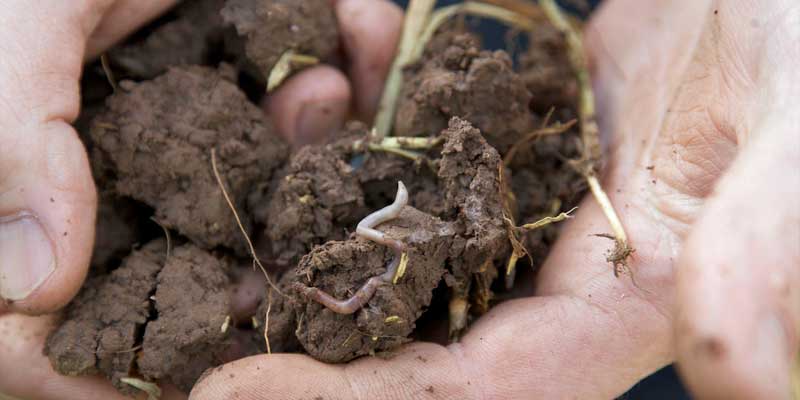
One of the purposes of the soil mapping, which will take place on Studdah Farm this year, is to look at areas of less productive land and their suitability for environmental activities such as planting woodland or wild bird seed, as well as reducing fertiliser and crop protection product use.
While the family are not yet clear about how ELMS will affect them and what they can do to create income through the scheme, there are a number of proposed areas for the scheme which could affect the farm, they include: